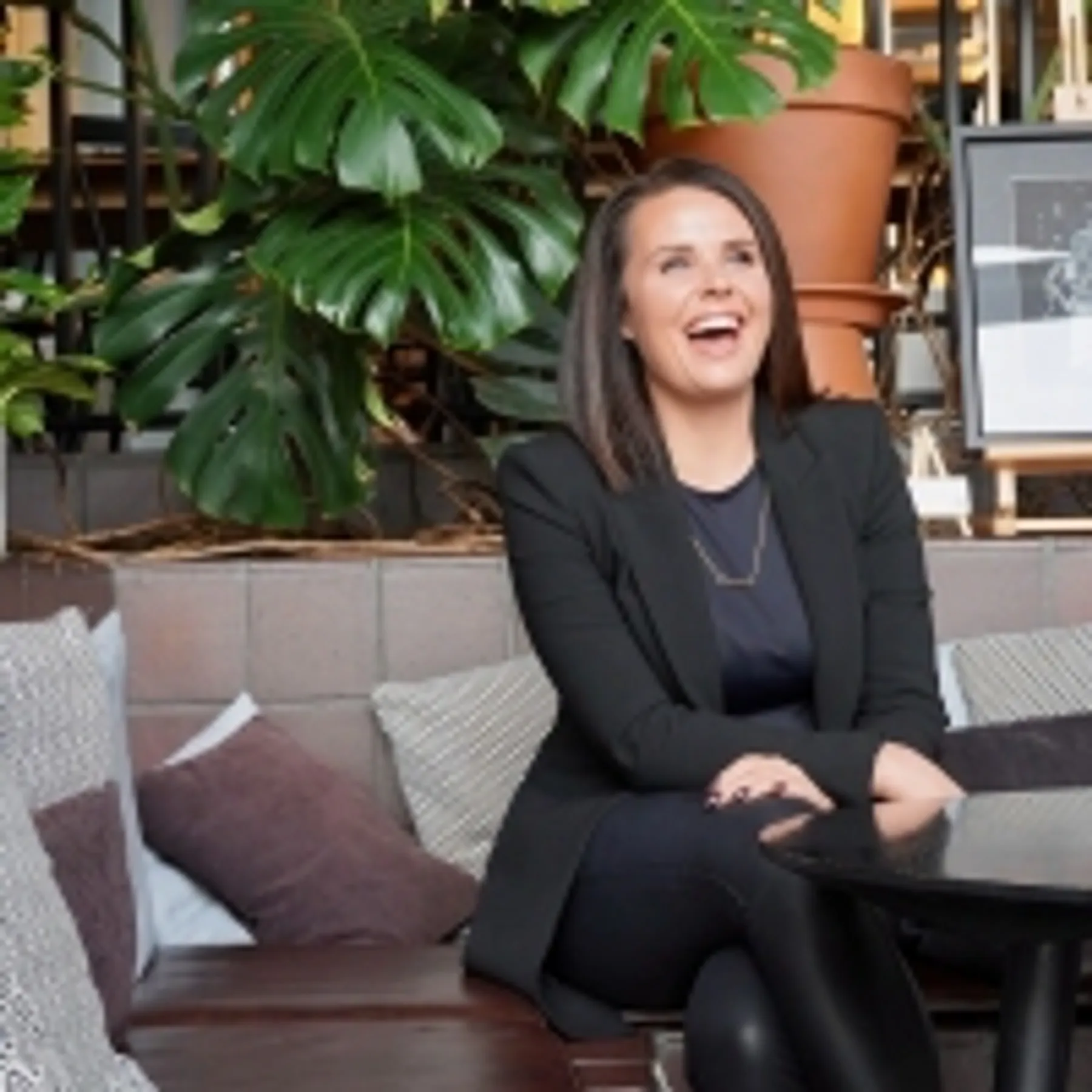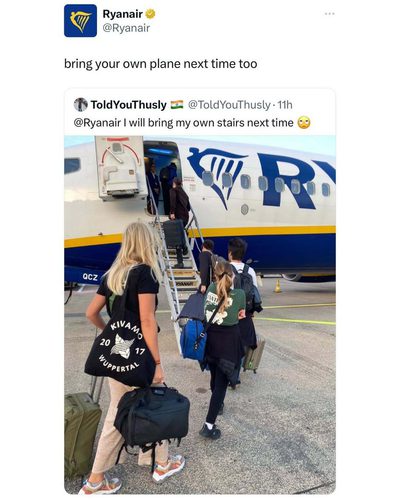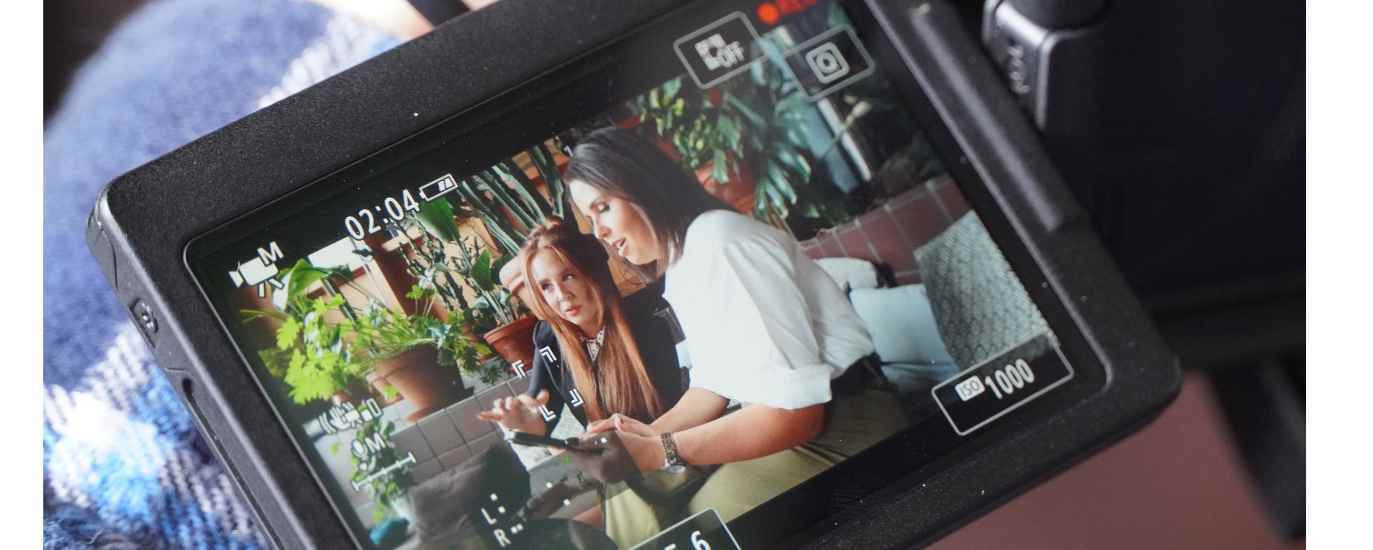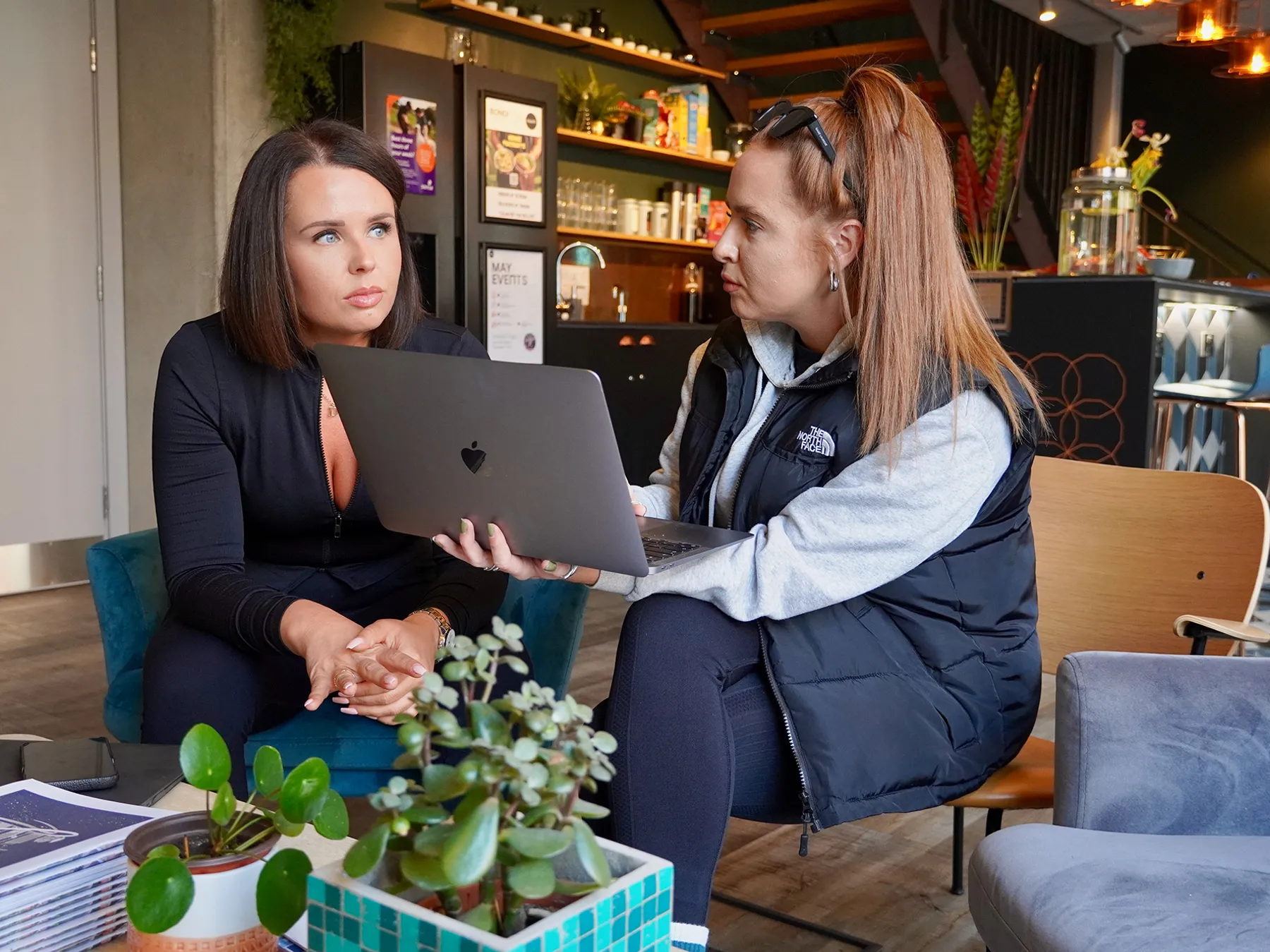Marketing Strategy
Branding
Activations
Social Media
Get to know us
Learning from Brand Strategy Success Stories


Jordan Stachini
Contents
You can’t just pull a great brand out of thin air. It’s not magic. It’s not luck. The brands you remember, the ones that dominate their space, all have one thing in common – they’re all built on brand strategy.
They know exactly who they are, what they stand for, and how to show up in a way that’s impossible to ignore. And they didn’t get there by winging it – they got there by making smart, consistent moves over time.
At co&co, we’re all about that kind of branding. No fluff, no bull – just brand strategy that works. And if you want proof it pays off, we’ve got it. Let’s break down some brands that have absolutely nailed it and see what you can do for your own.
What is a Brand Strategy?
Brand strategy is the thinking that sits under everything. It’s the blueprint that decides how you look, sound, act, and connect with people. It’s not a logo. Or a font. Or a cute Instagram feed. It’s the plan that makes sure your brand actually means something to the people you’re trying to reach.
So before you think or even touch anything visual, ask yourself: what is your brand strategy? If you’ve got no clue then it’s time to figure that sh*t out. A lot of people don’t realise this – but you don’t actually decide what your brand is. Other people do. Which is why we say you absolutely need a brand strategy. Your brand strategy is the key to influencing as much of this perception as possible.
At co&co, we build brand strategies that you can use day in and day out. Our approach is simple: cut the fluff, get under the skin of your business, and create something mega that will help to guide every decision you make. And we start at the only place worth starting: figuring out your brand DNA.

How We Define Brand DNA
We build from the inside out, starting with what we like to call your brand DNA – the non-negotiable core of your brand. Everything else ladders back to this.
Here’s how we break it down:
Mission – Picture this: it’s Monday morning, your inbox is full, and you haven’t even touched your coffee. Why do you bother? Your mission is the deeper reason you exist – the thing that makes you push through the sh*t days as well as the good ones. It’s not “to make money.” It’s the bigger, more human “why” that sits behind every decision you make.
Vision – Imagine you’re five years in the future, and your brand is absolutely smashing it. What does that look like? What are you known for? What do people say about you before you even walk into the room? What do you want to be famous for? That’s your vision – the thing people will believe in and buy into before they’ve ever handed you a dollar.
Values – The rules you live by when things are going great and when everything’s on fire. They shape how your team acts, how you treat customers, and how you show up in the world. But here’s the catch: they’ve got to be real. Promise something you can’t deliver, and you’ll tank trust faster than you can rebuild it.
Tone of voice – Your brand is talking all the time – through emails, ads, captions, sales calls, even your Ts & Cs. Tone of voice is how you make sure it all sounds like you, no matter where it’s coming from. It’s what you say, what you don’t say, and how you say it. Done right, it’s the difference between blending in and being unmistakable.
Proposition – Why should anyone give a sh*t about you? Your proposition is the thing that makes you both different and desirable – the value you bring, the problem you solve, the reason someone will pick you over the other hundred options. If you can’t say it in a way that makes people’s ears perk up, it’s not sharp enough yet.
Once you know what you are, only then do we look outward – your industry, competitors, cultural touchpoints – to figure out where you can own your space.

Competitors, Target Audience & Positioning
So it’s time to look outward – at the people you’re talking to, the players you’re up against, and the space you want to own.
A lot of brands mess this up because of how they treat competitor research. They only look sideways – at the other businesses doing exactly what they’re doing. Big mistake. That’s how you end up just blending in instead of standing out.
We don’t just scan the supermarket shelf for similar labels. We zoom out and look at culture. Because culture shapes how your audience thinks, buys, and behaves – often more than your direct competition does.
Say you’re launching a new coffee brand. The worst thing you can do is just look at other coffee brands. Sure, you’ll spot the standard earthy tones, hipster fonts, and moody latte art, but you’ll miss the bigger picture – the lifestyle cues, the communities, the cultural crossovers. Coffee isn’t just a drink. It’s the 7am survival ritual on the commute. It’s the “let’s grab a coffee” catch-up with a mate you haven’t seen in months. It’s the fuel behind boardroom decisions, late-night study sessions, and first dates that turn into all-day conversations.
If you only study other coffee brands, you’ll miss how coffee weaves into fashion, music, productivity culture, and even self-care trends. That’s where the real opportunities live – because your audience isn’t just buying coffee, they’re buying the moment that coffee lives in. This is key to resonating with your audience.
We dig into:
Your audience – Who are they really? What do they care about? What brands, content, and communities are they already engaging with?
Your competitors – Both direct rivals and the unexpected brands shaping your audience’s tastes.
Your positioning – The gap you can own. The place where your brand sits so clearly in people’s minds that you’re not just another option – you’re the only option.
At co&co, we use this insight to carve out a position that’s bigger than your category, harder to copy, and way more culturally relevant. Because if you only look where everyone else is looking, you’ll only ever end up where they already are. Our advice to any brand is: know what you are, own your sh*t and lean into it.

Successful Case Studies
A winning brand strategy isn’t about copying what’s already out there – that’s where a lot of brand strategies fail. At co&co, we don’t play that game. Sure, it’s tempting to “take inspiration” from the brands you admire, but here’s the blunt truth: if you’re lifting their ideas, it’s not yours. And if it’s not yours, it’s never going to feel authentic.
What you need to focus on is creating a space for yourself and owning it so hard that no one else can touch it. The brands worth learning from aren’t the ones that followed a template. They’re the ones that built something original, consistent, and impossible to ignore. These examples show how smart brand strategy shapes everything a company does – from the way it speaks, to how it shows up in culture, to the experiences it creates.
Here are some brands that have nailed it.
Aldi – Disruptive Without Apologising
Aldi’s brand strategy flipped the supermarket game. Instead of pretending to be “just like” the big players, they leaned into being the budget disruptor with absolute confidence. They don’t want to be like anyone else and consumers rated that.
A tone of voice that hits different
Direct. Cheeky. Unpretentious. Aldi’s not afraid to name names or poke fun at competitors, and they can get away with it because the product delivers – good quality and low prices.
Cheeky stunts that land
Take the Aldi Hash Brown Van. They parked it outside McDonald’s after 11am right after Maccies stopped serving breakfast and handed out free Aldi hash browns. The tagline? “You’ve got to be a clown to limit hash browns to before 11am 🤡.”
It wasn’t just a laugh. It tapped into research showing people want breakfast all day, and positioned Aldi as the brand actually listening. Missed the van? No problem – they reminded customers they could pop into the store and grab them any time. Smart.
Cultural crossover done right
Their “Aldeh” collaboration with Oasis was a temporary rebrand of one of their Manchester stores – a nod to the local accent to celebrate Oasis’s homecoming gig at Heaton Park. It broke category norms, played into local pride, and proved Aldi’s not afraid to step outside the grocery aisle to tap into culture. It's all part of a deliberate brand strategy. And pretty much everyone in a bucket hat stopped for a photo – so you can just imagine how much UGC they got from that.
The takeaway?
Don’t restrict your brand thinking to one category. Aldi’s not just selling food – they’re building a brand that’s self-aware, witty, and impossible to ignore.

Image source: facebook.com
IKEA – Function Meets Feeling
IKEA doesn’t just sell furniture – they sell the idea of a better everyday life. They’ve perfected the sweet spot between affordability and design, wrapping it all in branding that feels friendly, human, and totally doable. But behind the meatballs and flat-packs is a seriously smart brand strategy built on psychology.
Here’s how they do it:
Control the journey
You don’t walk through IKEA – IKEA walks you through it. The store is a carefully designed maze with no shortcuts or obvious exits, meaning you’re exposed to more products (and more temptation) before you ever reach the tills.
Play with price perception
They hit you early with big-ticket items so that when you later see something cheaper, it feels like a steal. This is price anchoring in action – shaping your sense of value without you even noticing.
Make time disappear
No clocks. No windows. Minimal natural light. Endless product displays. You lose track of time, which means you stay longer – and the longer you stay, the more you buy.
Get you invested (literally)
Flat-pack furniture isn’t just a shipping convenience – it’s part of the “IKEA effect.” When you build something yourself, you value it more. Co-creation makes you feel connected to the product, and that attachment drives loyalty.
Use food as a hook
The food court is literally bait. it’s part of a brand strategy that positions IKEA as a full-day experience, not just a place to buy furniture. You’re being primed to buy before you even hit the showroom.
Let people make it theirs
From colours to features, IKEA gives customers the ability to personalise products, turning mass-produced items into something that feels unique.
Keep the experience consistent
Flat-pack instructions, quirky catalogue copy, the layout of the café – it all aligns with their approachable, practical, slightly playful personality.
Adapt with tech
Their 3D modelling app lets you envision furniture in your home before you buy, keeping the brand relevant in a digital-first world.
The takeaway?
IKEA creates an immersive, highly strategic experience that turns shopping into an adventure. It’s consistent, it’s clever, and it’s why customers keep coming back for more (and leaving with lamps and rugs they didn’t plan to buy).

Ryanair – Zero F*cks, Full Strategy
Ryanair is the perfect case of a brand that knows exactly who it is and makes no apologies for it. Love them or hate them, their strategy is bulletproof: be the cheapest, be loud about it, and don’t pretend to be anything else.
Own the villain role
While every other airline tries to be polished and polite, Ryanair leans into being the scrappy, no-frills underdog. Cramped seats? Extra charges? Sh*t customer service? Of course. But they’re also half the price – and that’s the whole point.
Social media with a spine
Their Twitter/X presence is wild – savage clapbacks, meme content, zero polish. But it works because it reflects the brand: blunt, unapologetic, and in your face. They’ve built a digital persona that makes them impossible to ignore.
Consistency is key
From tone of voice to pricing model, everything aligns. They’ve never pretended to be a luxury airline. And because they’re consistent, people trust them to do what they say: get you from A to B for as little as possible.
Marketing on their terms
You won’t see Ryanair kissing media ar*e or dropping millions on polished brand campaigns. Their earned media game is strong, their social is their megaphone, and they use controversy to get people listening.
The takeaway?
Ryanair proves that brand strategy isn’t about being liked – it’s about being clear. When your brand knows exactly what it is, you don’t need to apologise for how you show up.

Image source: facebook.com
None of these brands winged it. They knew who they were, where they were going, and how to stay relevant as they grew. That’s what we do for our clients at co&co – help you find your space, own it, and adapt without losing the magic that makes you, you.
Because great brands aren’t lucky. They’re strategic. Need some help in getting yours there? Let’s work together.

Speak to Jordan today
Grab a brew. Have a read
You might also like...






